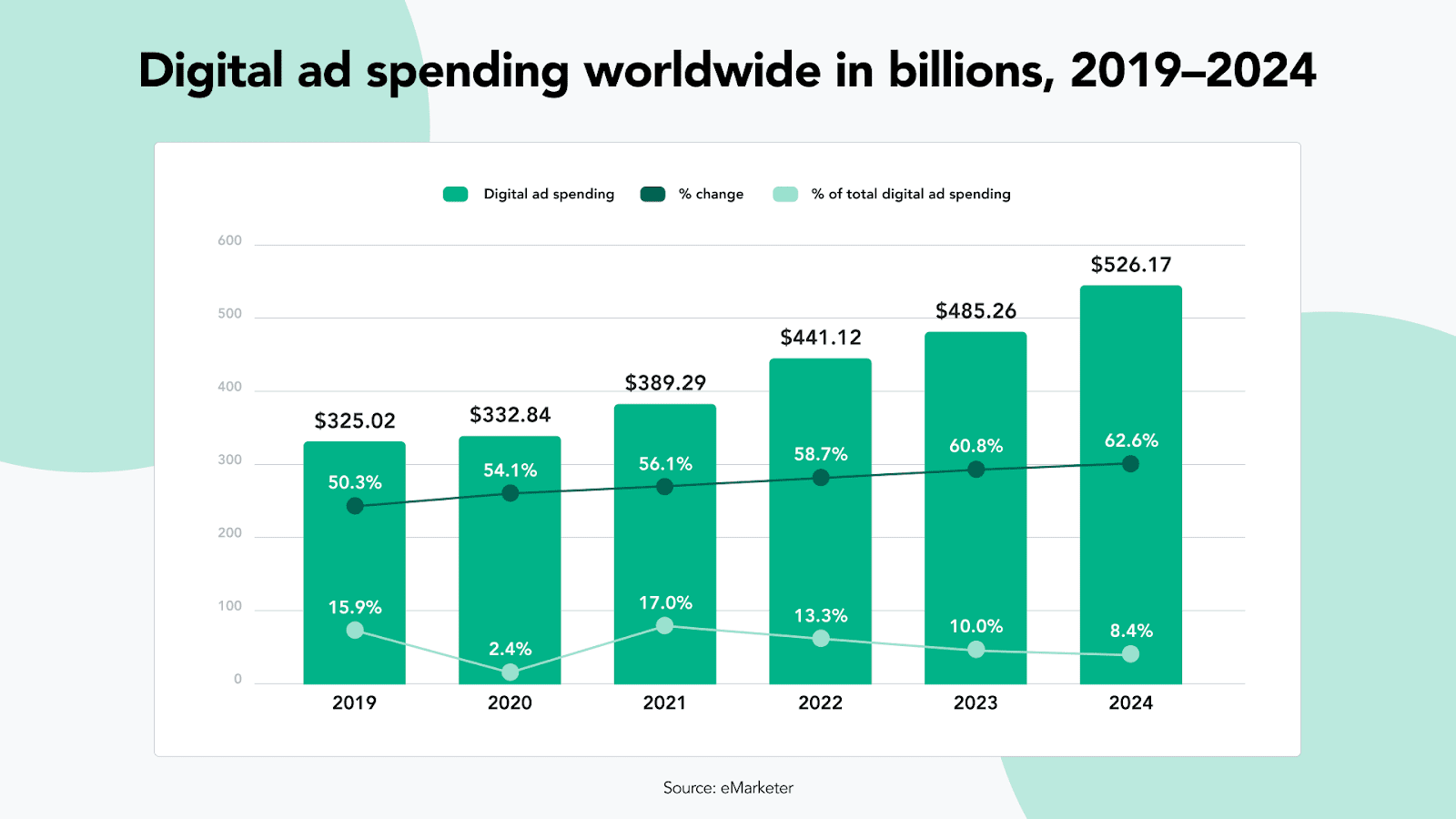
In today’s digital age, having a mobile responsive website is more important than ever. With the majority of internet users accessing websites through their mobile devices, it is crucial for businesses and individuals to ensure that their websites are optimized for mobile viewing. In this guide, we will explore the importance of having a mobile responsive website and provide tips on how to make your website mobile-friendly.
The Importance of Mobile Responsiveness.
In today’s fast-paced world, people are constantly on the go and rely heavily on their mobile devices for information and entertainment. This means that if your website is not mobile responsive, you are missing out on a huge potential audience. A mobile responsive website automatically adjusts its layout and design to fit the screen size of the device it is being viewed on, whether it’s a smartphone, tablet, or desktop computer. This ensures that your website looks and functions seamlessly across all devices, providing a positive user experience. Additionally, search engines like Google prioritize mobile-friendly websites in their search results, so having a mobile responsive website can also improve your search engine rankings. Don’t miss out on potential customers and visitors – make sure your website is mobile responsive today.
Benefits of a Mobile Responsive Website.
There are numerous benefits to having a mobile responsive website. Firstly, it provides a better user experience for your visitors. When a website is not optimized for mobile devices, users may have to zoom in and scroll horizontally to view content, which can be frustrating and lead to a high bounce rate. A mobile responsive website ensures that your content is easily readable and accessible, regardless of the device being used.
Secondly, a mobile responsive website can improve your search engine rankings. As mentioned earlier, search engines like Google prioritize mobile-friendly websites in their search results. This means that if your website is not mobile responsive, it may be pushed down in the search results, making it harder for potential customers to find you.
Additionally, a mobile responsive website can help increase your conversion rates. When users have a positive experience on your website, they are more likely to stay longer, explore your content, and take the desired action, whether it’s making a purchase, filling out a form, or subscribing to your newsletter.
Lastly, having a mobile responsive website future-proofs your online presence. With the increasing use of mobile devices, it’s essential to adapt to the changing digital landscape. By having a mobile responsive website, you can ensure that your business remains relevant and accessible to your target audience.
In conclusion, having a mobile responsive website is crucial in today’s digital age. It not only provides a better user experience but also improves your search engine rankings, increases conversion rates, and future-proofs your online presence. Don’t miss out on the benefits – make your website mobile responsive today.
How to Make Your Website Mobile-Friendly.
Making your website mobile-friendly is essential in today’s digital age. Here are some steps you can take to ensure that your website is optimized for mobile devices:
- Use a responsive design: A responsive design automatically adjusts the layout and content of your website to fit different screen sizes. This ensures that your website looks and functions well on any device.
- Optimize your images: Large images can slow down your website’s loading speed on mobile devices. Compress and resize your images to ensure fast loading times.
- Simplify your navigation: Mobile users have limited screen space, so it’s important to have a clear and simple navigation menu. Use dropdown menus or hamburger menus to save space and make it easy for users to navigate your site.
- Use large, legible fonts: Small fonts can be difficult to read on mobile devices. Use larger fonts and ensure that they are easy to read without zooming in.
- Minimize pop-ups and interstitials: Pop-ups and interstitials can be intrusive on mobile devices and can negatively impact the user experience. Minimize their use or ensure that they are easily dismissible.
- Optimize your forms: If your website includes forms, make sure they are easy to fill out on a mobile device. Use autofill options and minimize the number of fields to make it quick and convenient for users.
- Test your website on different devices: It’s important to test your website on various mobile devices to ensure that it looks and functions well on each one. Use tools like Google’s Mobile-Friendly Test to check your website’s mobile compatibility.
By following these steps, you can make your website mobile-friendly and provide a better user experience for your visitors. Don’t overlook the importance of mobile optimization in today’s digital landscape.
Testing and Optimizing Your Mobile Website.
Once you have made your website mobile-friendly, it’s crucial to test and optimize it to ensure that it is providing the best user experience possible. Here are some tips for testing and optimizing your mobile website:
- Test on different devices: Make sure to test your website on a variety of mobile devices, including smartphones and tablets. This will help you identify any issues or inconsistencies in how your website appears and functions on different screens.
- Check loading speed: Mobile users expect fast loading times, so it’s important to optimize your website’s loading speed. Use tools like Google PageSpeed Insights to identify any areas where you can improve loading times.
- Test navigation and usability: Make sure that your website’s navigation is easy to use on mobile devices. Test how easily users can find and access different pages and features on your site.
- Optimize forms and input fields: Forms and input fields can be challenging to use on mobile devices. Make sure that your forms are easy to fill out and that users can easily input information without frustration.
- Monitor analytics: Use analytics tools to track how users are interacting with your mobile website. Pay attention to metrics like bounce rate, time on page, and conversion rates to identify any areas for improvement.
- Continuously optimize: Mobile technology is constantly evolving, so it’s important to continuously optimize your mobile website. Stay up to date with the latest trends and best practices in mobile design and make adjustments as needed.
By testing and optimizing your mobile website, you can ensure that it is providing a seamless and user-friendly experience for your visitors. Don’t underestimate the importance of mobile optimization in today’s digital landscape.
The Future of Mobile Responsiveness.
As technology continues to advance, the future of mobile responsiveness is becoming increasingly important. With the rise of smartphones and tablets, more and more people are accessing the internet on their mobile devices. This means that having a mobile responsive website is no longer just a nice-to-have feature, but a necessity in order to stay competitive in today’s digital age.
In the future, we can expect to see even more emphasis on mobile optimization. As mobile devices become more powerful and internet speeds continue to improve, users will have higher expectations for the performance and functionality of mobile websites. This means that businesses will need to invest in mobile optimization strategies to ensure that their websites are meeting these expectations.
Additionally, as new technologies like augmented reality and virtual reality become more mainstream, mobile responsiveness will become even more crucial. These technologies rely heavily on mobile devices, and businesses that are able to provide a seamless and immersive experience on mobile will have a significant advantage.
Overall, the future of mobile responsiveness is bright. As more and more people rely on their mobile devices for internet access, businesses that prioritize mobile optimization will be able to reach a larger audience and provide a better user experience. So, if you haven’t already, now is the time to make sure that your website is mobile responsive and ready for the future.




